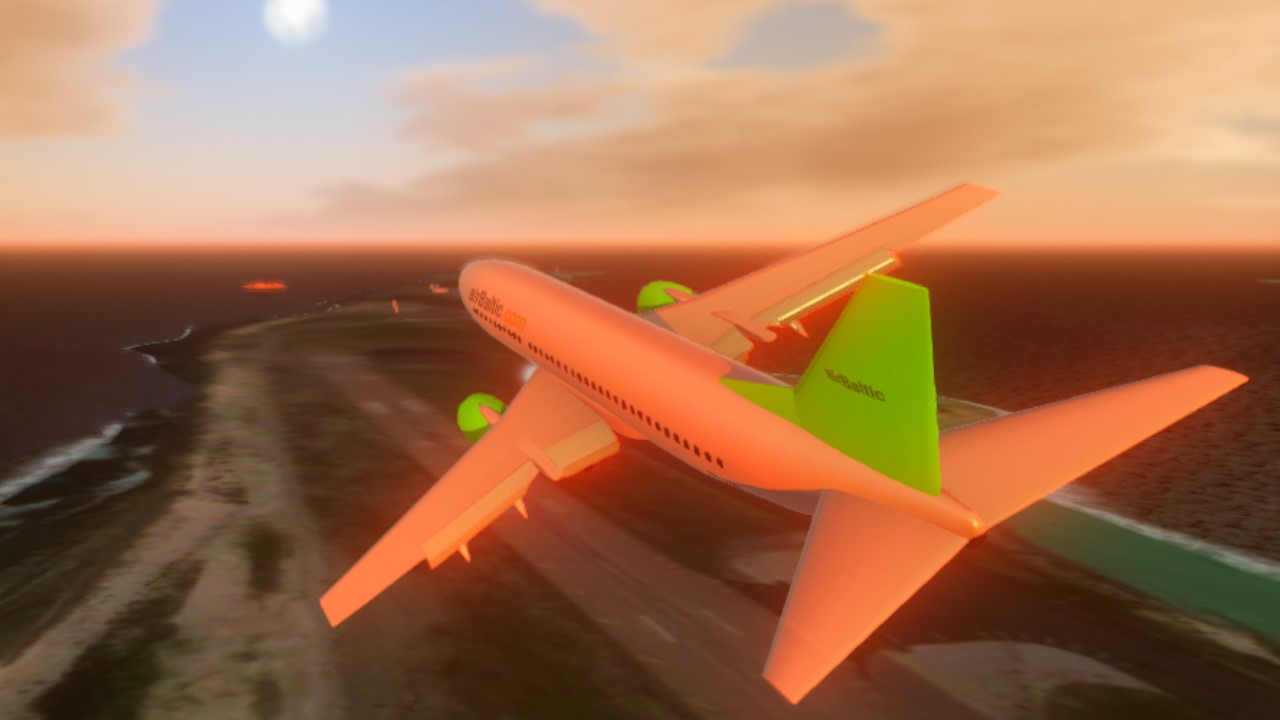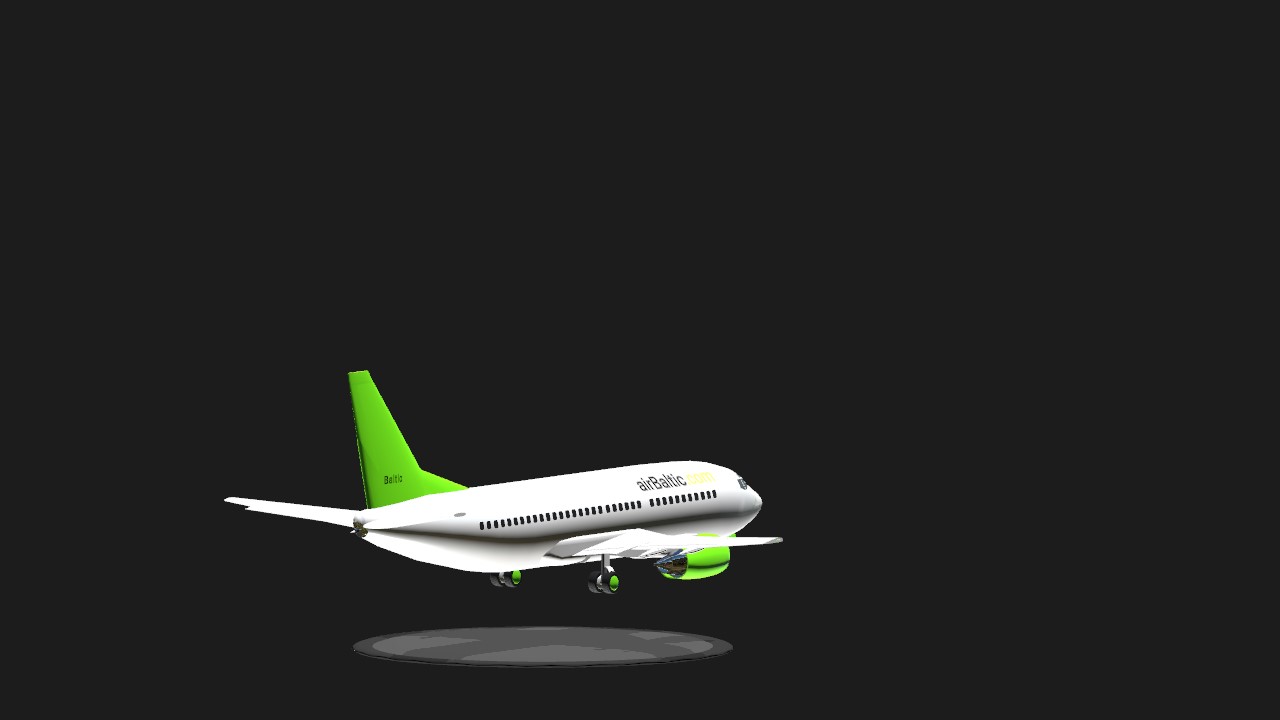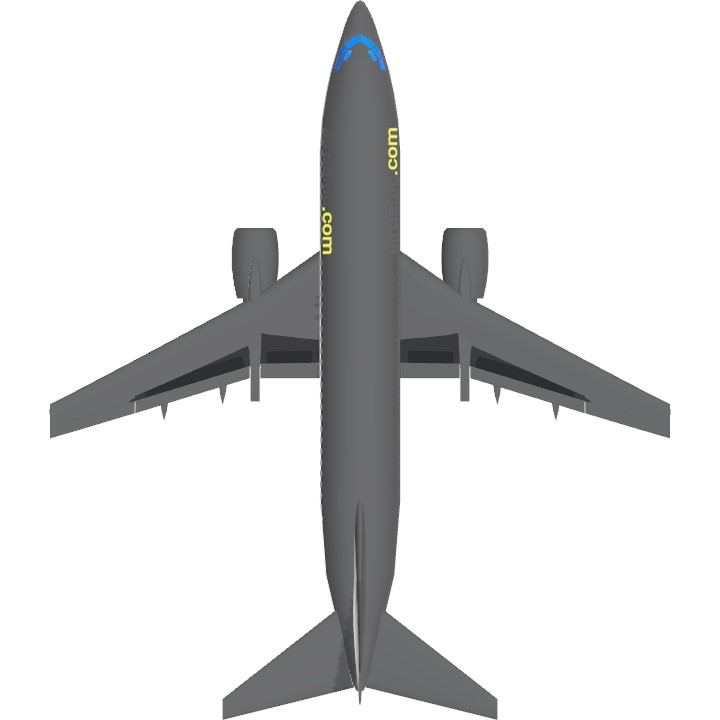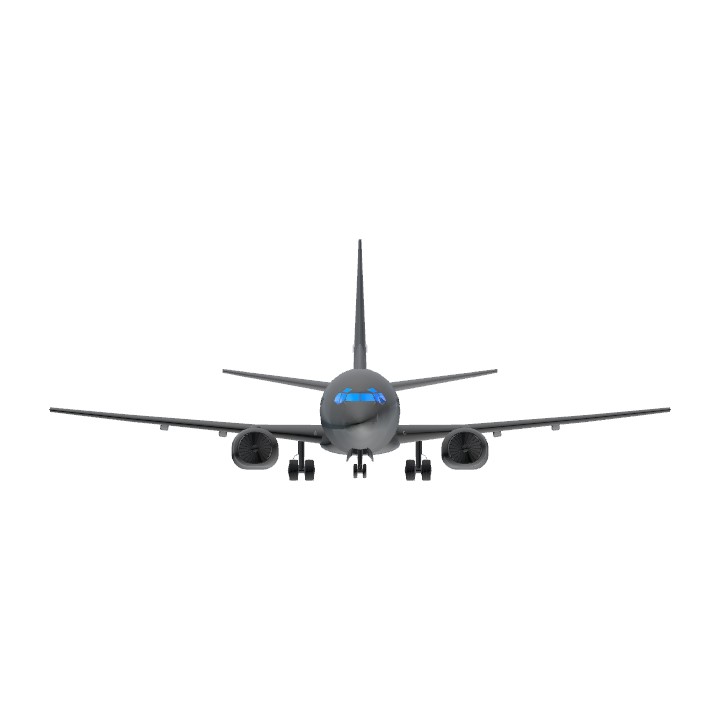About 737-300

The prototype of the -300 rolled out of the Renton plant on January 17, 1984, and first flew on February 24, 1984.[9] After it received its flight certification on November 14, 1984, USAir received the first aircraft on November 28.[1] It proved a very popular aircraft: Boeing received 252 orders in 1985, and over 1,000 throughout its production.[9] The 300 series remained in production until the last aircraft was delivered to Air New Zealand on December 17, 1999,[10] registration ZK-NGJ. By then, 1,113 Boeing 737-300s had been produced over more than 15 years.
In December 2008, Southwest Airlines selected Boeing to retrofit the 737-300 with a new set of instruments, hardware, and software, to improve commonality with the 737-700, as well as to support the Required Navigation Performance initiative, but that order was later cancelled and the retrofits never took place.[11]
The 737-300 can be retrofitted with Aviation Partners Boeing winglets. The 737-300 retrofitted with winglets is designated the -300SP (Special Performance) first entered service in June 2003. Used passenger -300 aircraft have also been converted to freighter versions. The 737-300 has been replaced by the 737-700 in the Boeing 737 Next Generation family.
airBaltic.com

Early History
Baltic International Airlines (BIA) was a Latvian and US joint venture company owned by SIA Baltic International Airlines whose main airport was Riga International Airport . It was founded in June 1992, after the US-based private company Baltic International USA (BIUSA) failed to buy a part of the state-owned Latvian national airline Latavio. In the joint venture, the Latvian government owned 60%, while BIUSA owned 40% of the property. After unsuccessful privatization attempts, Latavio was declared insolvent from October 1995. It was liquidated and the Latvian government together with the Latvian-US joint stock company Baltic International Airlines created a new national airline airBaltic.
The airline was established as Air Baltic on 28 August 1995 with the signing of a joint venture between Scandinavian Airlines (SAS) and the Latvian state. Operations started on 1 October 1995 with the arrival of the first Air Baltic aircraft, a Saab 340, at Riga, and that afternoon, the plane made the first passenger flight for Air Baltic.[3]
In 1996, the airline's first Avro RJ70 was delivered; and Air Baltic joined the SAS frequent flier club as a partner. 1997 saw the opening of a cargo department and, in 1998, the airline's first Fokker 50 plane was delivered. The adopted livery was mainly white, with the name of the airline written in blue on the forward fuselage, the 'B' logo being heavily stylized in blue checks. The checker blue pattern was repeated on the aircraft tailfin.[citation needed]
In 1999, airBaltic became a joint stock company; it was previously a limited liability company.[4] All of their Saab 340s were replaced by Fokker 50s. By September, the airline had begun operating under the European Aviation Operating Standards, or JAR ops. Air Baltic welcomed the new millennium by introducing new uniforms [5] and opening a cargo centre at Riga's airport.[citation needed]
The first Boeing 737-500 joined the fleet in 2003, and on 1 June 2004, Air Baltic launched services from the Lithuanian capital, Vilnius, initially to five destinations. In October 2004, Air Baltic was rebranded as AirBaltic. Their present livery consists of an all-white fuselage and lime tailfin. AirBaltic.com is displayed on the forward upper fuselage, and the word "Baltic" is repeated in blue on the lower part of the tailfin. In December 2006, the first Boeing 737-300 joined the fleet and was configured with winglets. In July 2007, AirBaltic introduced an online check-in system.[6] It was the first online check-in system in the Baltic states. In the spring of 2008, two long-haul Boeing 757s joined the existing AirBaltic fleet. On 10 March 2008, it was announced that in the next three years the airline would acquire new aircraft, experiencing the largest fleet expansion in the company's history. The new additions will be next generation De Havilland Dash 8-400 aircraft.[citation needed]
AirBaltic had strong links with SAS, which owned 47.2% of the airline, and operated frequent flights to SAS hubs in Copenhagen, Oslo and Stockholm. Some of AirBaltic's products and services are still shared with SAS, including co-ordinated timetabling and shared airport lounges. AirBaltic is not a member of any airline alliance but does have codeshare agreements in place with several Star Alliance member airlines and others.
AirBaltic had secondary hubs at Vilnius Airport and Tallinn Airport.[7] The majority of the routes commenced from Tallinn were cancelled shortly after opening, leading to complaints from the Estonian Consumer Protection Department.[8]
In January 2009, SAS sold its entire stake in the company (47.2% of the airline) to Baltijas aviacijas sistemas Ltd (BAS) for 14 million lats. BAS was wholly owned by Bertolt Flick (President and CEO) until December 2010, when 50% of BAS shares were transferred to Taurus Asset Management Fund Limited, registered in the Bahamas.[9]
Specifications
Spotlights
- Brololxd 2.2 years ago
General Characteristics
- Predecessor Southwest Boeing 737-300
- Created On Windows
- Wingspan 93.3ft (28.5m)
- Length 108.2ft (33.0m)
- Height 36.3ft (11.1m)
- Empty Weight 47,134lbs (21,379kg)
- Loaded Weight 111,758lbs (50,693kg)
Performance
- Power/Weight Ratio 0.413
- Wing Loading 33.4lbs/ft2 (163.0kg/m2)
- Wing Area 3,347.6ft2 (311.0m2)
- Drag Points 4508
Parts
- Number of Parts 535
- Control Surfaces 13
- Performance Cost 2,132






Fixed Rudder here